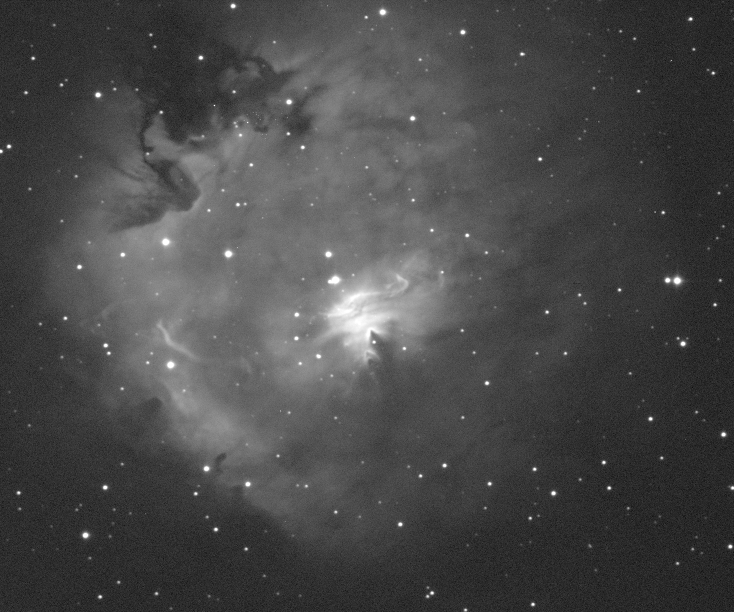It turns out that the CfA radio study I mentioned a few days ago has not actually been released yet. There is so far only a press release and an abstract of the recent presentation at the AAS.
Mark Reid, the presenter and principal investigator, tells me that a preprint of the paper should be available "in a month or two". Reid, did point out, however, that 5 associated papers were already available as preprints. I've read through them and a number of related papers and find them mind-blowing.
What is revolutionary about the CfA approach is not just the results but how Reid and his team got them: parallax.
Parallax is the way that surveyors get their distance estimates. They measure the angle to an object from one location, and then from a second location. The change in the angle and a bit of basic trigonometry tells you the distance.
Astronomers have used (or tried to use) parallax for centuries. Tycho Brahe used parallax to argue that the supernova he observed in 1572 (which had no measurable parallax) must be as far as away as the other stars and was not a local object.
Measuring parallax for objects as far away as stars requires incredible accuracy, and the first stellar parallax measurement (of the nearby 61 Cygni) did not happen until the 19th century.
The results from the Hipparcos parallax-measuring satellite inspired the creation of this site and helped to map out in detail part of our local system of bright stars: the Gould Belt.
The Gould Belt is only our local stellar neighbourhood, however. To get distance estimates beyond this, in order to map out spiral arms, for example, astronomers do not have parallax measurements that are accurate enough and instead have had to use mathematical models of the galaxy that made guesses about the velocity of molecular clouds, or how much dust exists in different directions.
To be honest, these models are crude and the results obtained using them are dubious. Parallax is a much better method.
The next parallax-measuring satellite, Gaia, is scheduled to launch towards the end of 2011. Gaia should be able to get distance estimates to a billion stars and map out the Milky Way much more accurately.
Detailed results from Gaia might not be available for a decade or more, however, and even Gaia will not be able to observe large areas of the Milky Way blocked by clouds of dust.
This is why the CfA results are so amazing. Using computer wizardry, astronomers have succeeded in combining ten US radio telescopes into a single instrument - the Very Long Baseline Array (VLBA). If the VLBA were an optical telescope, it would be able to read a newspaper in Los Angeles from the distance of New York. As a network of radio telescopes, the VLBA can pierce through obscuring dust clouds.
According to a recent European paper co-authored by Reid, the VLBA and similar radio telescope networks should be able to measure parallax accurately enough to map out the Milky Way within 10 thousand parsecs, which is more than half of the visible galaxy!
Reid's first VLBA preprint sets out the agenda:
We are using the NRAO Very Long Baseline Array (VLBA) to determine trigonometric parallaxes of strong methanol maser sources, which are associated with regions of massive star formation and their attendant HII regions. Sampling spiral arms roughly every kpc should determine the true locations of arms, and allow us to use other databases to “interpolate” between the star forming regions measured with masers. With accurate distances to some of the largest star forming regions, we should be able to verify the existence and determine the locations of the postulated Perseus, Carina–Sagittarius, Crux–Scutum, and Norma spiral arms.
Besides the VLBA, a second radio telescope network, EVN, has been set up that combines radio telescopes in Europe, Asia and South Africa.
It seems that over the next decade, and possibly much sooner, the dream of this website and of many people interested in astronomy will finally be achieved: a detailed and accurate map of much of the Milky Way.

